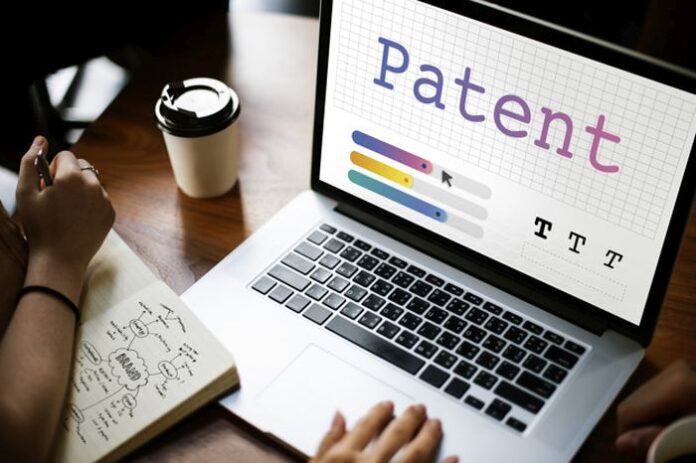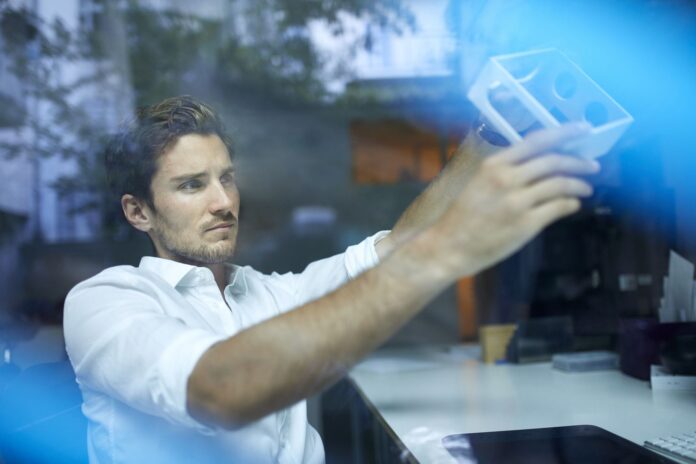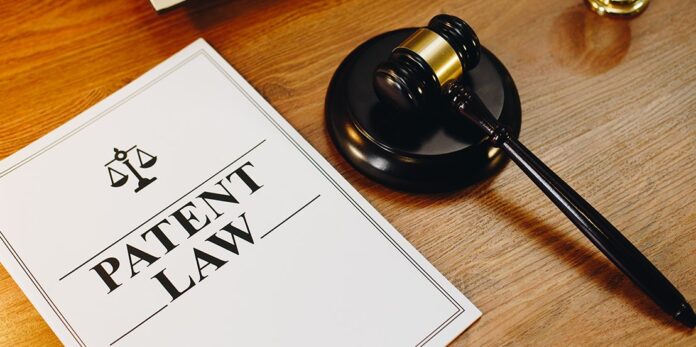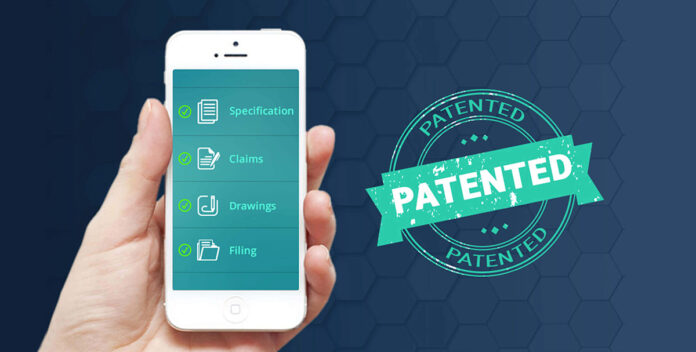If you’ve been using your creative or scientific mind to come up with a new invention or product, chances are it’s now time to patent your creation.
However, knowing how to complete this process can be rather confusing for newbies. So we’ve come up with an unofficial guide on everything you need to know about patents, from how to apply for one to patent translations on this website.
Entrepreneurs deserve to own the whole rights to their brainchild, so let’s go through all the ins and outs of how you can ensure this happens.
What is a Patent?

Firstly, let’s begin by defining what a patent is. In a nutshell, a patent is obtained by an inventor to legally state that they are the owners of intellectual property. It’s usually granted by governmental authorities to say you own the exclusive rights to the invention or product.
The purpose of a patent is to prevent others from recreating, using, or selling the intellectual property without official permission from the owner.
General Criteria for Obtaining a Patent:
Not every product or invention can be patented. There are certain criteria that you must meet in order to obtain your legal rights.
To Patent Your Own Product Or Invention, It Must Be:

- A brand new product that has never been released to the public before.
- Have some kind of inventive aspect to the design.
- Be of some use to a specific industry. Ie. a practical apparatus or device.
You Cannot Obtain a Patent If It’s:
- A scientific discovery or new methodological theory.
- An artistic, literary, or dramatic piece of work.
- A computer program.
What Legal Rights Do You Have With a Patent?

Although patenting will stop other companies and individuals from manufacturing and selling your invention, you can also give them the rights under your own conditions if you so wish to.
If you do obtain a patent, you have the right to take legal action against those who do infringe on your patented property.
Should You Seek Professional Help?
Getting in touch with a patent attorney should be the first step you take after deciding to apply for a patent. Set up a meeting with an attorney and discuss with them why you think you are credible for a legal patent.
They will then assist you with your patent application and ensure you have included all of the correct evidential files and documents. The whole process may take up to a year to complete.
8 Other Important Things You Need To Know
1. You Need to Obtain a Patent Fast

Once your product or invention has been made public, you essentially have no legal protection against others using, selling, or recreating your inventive idea. Therefore it’s important that you patent your product before giving the public access to it.
2. Others Might Still Use Your Property
Just because you have a patent, that does not mean that others will not at least attempt to steal your intellectual property. As long as you do have a legal and valid patent, it’s then up to you to take legal action if a company or individual does infringe on your rights.
3. Beware That the Process Can Be Complicated
You can streamline the patent process by using a patent attorney. Professional help will not only make things easier, but will also improve the chances of your patent application being accepted. Only 1 in 20 applications are accepted without assistance from professionals. So always hire an attorney if you can!
4. Beware That the Process Can Be Expensive
If you do decide to hire professional help, please also note that the cost of your application will become costlier than it already is. In fact, a patent application can sometimes cost you more than $5,500 dollars, especially if you add on the cost of your attorney too. So always sum up your entire costings to ensure you can definitely afford it. Never start your patent application without knowing the full financial consequences.
5. Translate Your Patent

If your inventive product is being used, sold, or manufactured in different countries, you also need to translate your patent documents in order for it to be read and understood in a different language. Global companies like Transperfect can simplify the patent translation process for you with their years of experience and wide range of resources and solutions.
6. There Are Other Ways of Protecting Your Property
If you don’t meet the criteria for obtaining a patent, don’t worry too much! There are alternative avenues you can take for protecting your property. The option you decide to go for will depend on the type of property that you want protecting:
- Trade Mark (for legally protecting your brand name).
- Copyright (for legally protecting the original works of an author, including music, film, TV, or literary works).
- Design rights (for legally protecting how your product aesthetically looks).
- Non-disclosure agreement (legally ensuring that there’s no leaks of information about your product before it is launched).
7. Make Sure Your Application is Completed Correctly

Patent applications can differ from nation to nation, but generally it will always include:
- A thorough description of your specific invention that accurately describes how it works and how it can be manufactured.
- Legal declarations that explain the technical aspects of your invention that need to be protected.
- A general summary of why your invention needs to be protected.
You can also include any drawings or illustrations of your invention to ensure the recipient fully understands the technical details.
8. You Will Receive a Provisional Patent in the Meantime
Provisional patent applications are those that are yet to be examined. Your application will likely be converted into a full patent application within the year that you originally applied. Please note that your provisional patent application still needs to contain all of the same legal files and documents as a full application, so make sure you don’t miss anything out, including the files that explain the technical details of your invention.









